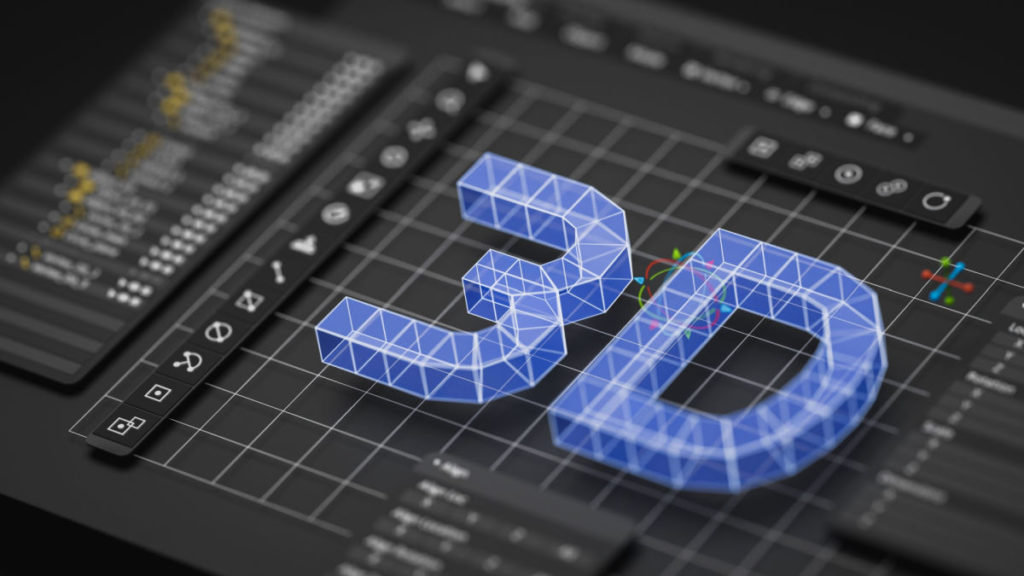NeRF, or neural radiance field AI (artificial intelligence) models, are changing the 3D game.
NeRF models can generate a 3D scene from a sparse collection of 2D images of that scene. At the core of NeRF models core sits a neural network that can fill in the gaps and correct for human error. This process is often called volume rendering or reverse rendering because it reconstructs the original 3D scene from which 2D images were rendered or captured.
NeRF is much more flexible than photogrammetry, which requires many more photos with a precise amount of overlap between them; uninterrupted coverage of every angle of the 3D scene; and perfect lighting conditions. In the end, you still receive results that are sub-par if the object moved or just a few of the images were off, producing errors that have to be fixed manually or the entire process restarted. On the other hand, NeRF uses AI’s power to interpolate more effectively, dramatically reducing the need for a perfect set of input images.
NeRF Application Areas
NeRF is a tool that revolutionizes the 3D creation pipeline. Whenever it’s required to translate a real-world object into a digital 3D copy or recreate 3D scenes from limited input data, NeRF can step in.
This has obvious applications in entertainment, media, and marketing. As the world moves into 3D with the coming proliferation of extended reality (XR) headsets, Metaverse-like worlds, and augmented reality (AR) functionality, the main bottleneck of developing content to enrich these digital universes is the 3D creation pipeline.
NeRF opens that bottleneck. Instead of needing a team of 3D artists or an expensive photogrammetry setup, all you need to use NeRF is a smartphone with a camera. Companies like NVIDIA and Luma Labs offer apps to get started right away. The results like this, this, and this are astonishing. With NeRF, marketers can use real-world objects and spaces in promotional materials. Game designers can quickly populate their world with realistic 3D assets.
NeRF also has an impact on e-commerce. More and more e-commerce sites come with visualization features or 3D previews. While it makes sense for large companies to invest in modeling high-quality assets for these previews, what about small-time vendors on Amazon? What about second-hand marketplaces like eBay? To remain competitive even low-budget vendors can use NeRF to take their real-world objects, new or used, expensive or not, into product visualization applications.
NeRF has uses in various other fields as well, from engineering to architecture to design. NeRF makes it easy for professionals to communicate their work — whether that’s a physical product, a new residential development, or an idea for packaging design —to potential clients and internal team members. NeRF makes it easy for members across all sections of the organization to create digital twins of factory floors, housing developments, or product iterations.
NeRF Is Key to Constructing the AR Cloud
One of the most important uses for NeRF is AR. As consumer AR headsets proliferate in the years to come, more and more of the physical world will have to be represented in a format that digital technologies can understand. This underpins the AR cloud idea, or a digital reconstruction of the physical world through point clouds, metadata, geolocation tagging, and IoT integration.
Building this mirror world is the first step in unlocking the power of augmented reality. In order for digital content like AR overlays, avatars, or animations to interact meaningfully with our physical world, it needs an understanding of its topology. Google Maps has taken large steps in this domain, and will likely rely more on NeRF in its pipeline for creating street view and 3D recreations. Niantic, the company behind the famous AR application Pokémon Go, has recently released its Lightship VPS tool designed to do just that — allow users to scan real 3D scenes and use them in AR applications. NeRF would make such processes much quicker and more accurate. If you want to try using NeRF, then Luma Labs’ tools or NVIDIA’s Instant NeRF tool are good places to start.
Looking for real-world insights into artificial intelligence and hyperautomation? Subscribe to the AI and Hyperautomation channel:











